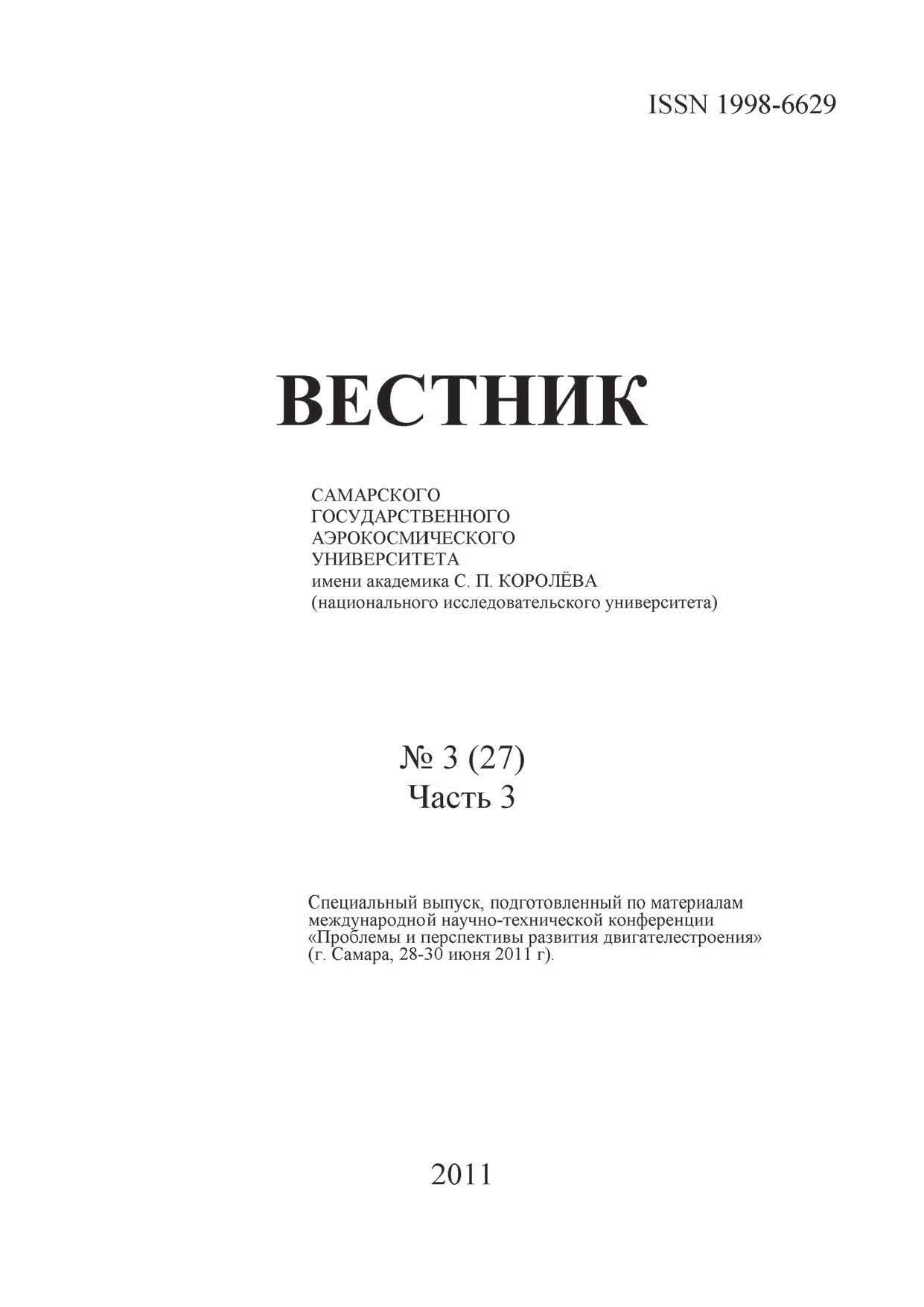Heat engine cycle limitations imposed by fuel properties
- Authors: Mikheyenkov E.L.1
-
Affiliations:
- Samara State Aerospace University named after academician S.P. Korolyov (National Research University)
- Issue: Vol 10, No 3-3 (2011): Special Issue
- Pages: 154-159
- Section: AIRCRAFT AND SPACE ROCKET ENGINEERING
- URL: https://journals.ssau.ru/vestnik/article/view/6871
- DOI: https://doi.org/10.18287/2541-7533-2011-0-3-3(27)-154-159
- ID: 6871
Cite item
Full Text
Abstract
The heat energy of fuels used in a heat engine cycle is the source of the cycle's useful effect. The maximum fuel efficiency is particularly desirable in rocket and aircraft engines due their carrying the fuel (and the oxidant, in rocket engines) during the entire mission. In vehicle engines and power plants fuels are selected based on their cost and availability. Using the most prevalent Brayton cycle as an example, the article considers parameters that determine the maximum available heat factor introduced by a fuel into the cycle. Two parameters limiting the Brayton cycle's efficiency are considered, the maximum efficiency imposed by strength properties of materials and the maximum level of combustion products. The values of excess air factors for fuel combustion processes and limiting characteristics of heat engine cycles are determined for the case of Brayton cycles.
About the authors
E. L. Mikheyenkov
Samara State Aerospace University named after academician S.P. Korolyov (National Research University)
Author for correspondence.
Email: teplotex_ssau@bk.ru
Сandidate of Engineering Sciences
associate professor in the Department of Heat Technology and Heat Engines
References
Supplementary files





















